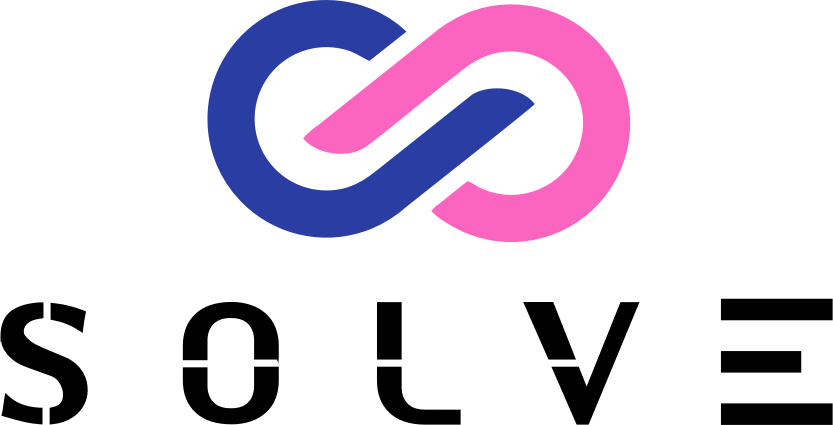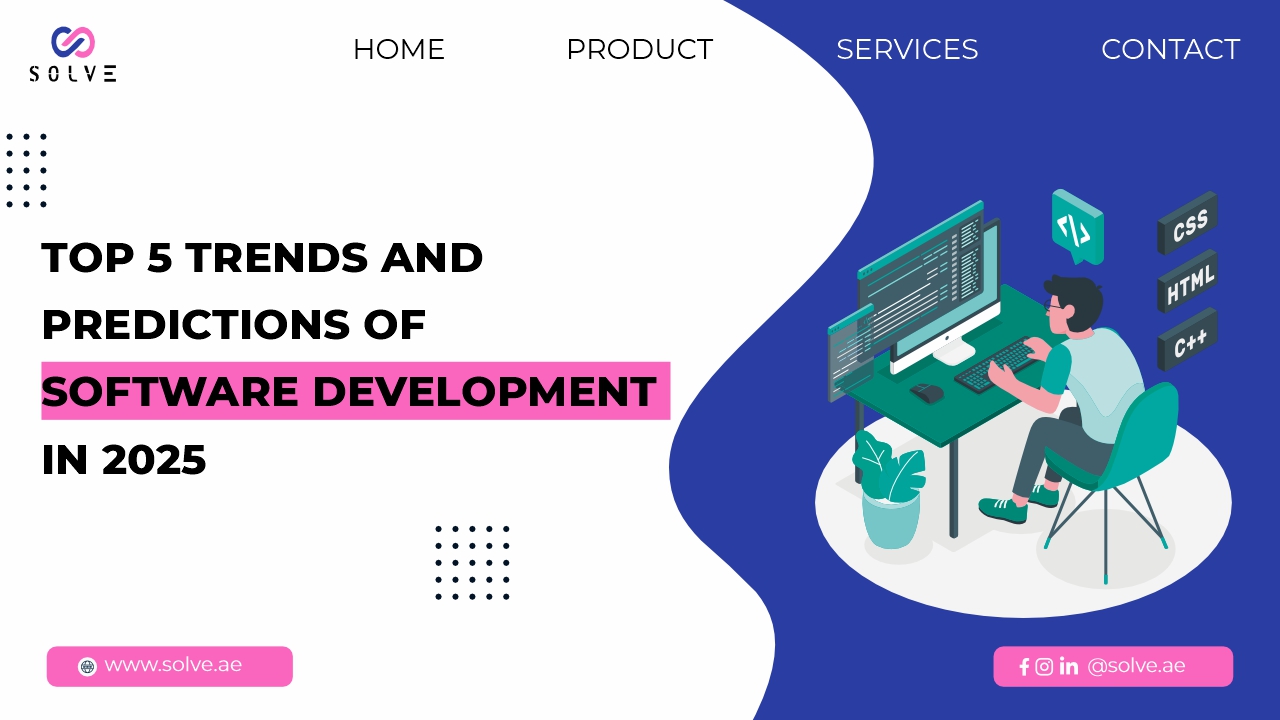- By Vanshika Choudhary
- March 7, 2025
Software development is a fast-growing area in 2025. Developers match the expectations of today’s competitive market of technology, user experience, and lastly, business needs. The Stadium of Exploration will thus set the stage for the top 5 software development trends and predictions for 2025. Then we will be able to see how these trends will shape the industry and what developers and businesses should embrace as steps toward those futures.
-
AI Dominance
Artificial Intelligence Developing Tools
AI transforms the future of software development. By 2025, it is even presumed that AI will become a staple feature in a developer’s toolbox. Already AI-powered development tools will assist programmers with coding, debugging, and testing.
From using GitHub Copilot, for instance, which uses AI to suggest code snippets according to context. When these tools improve, they will be advanced, delivering real-time suggestions that improve productivity to the programmer to answer their requirement. This idea will enhance the speed of the coding process and, even more importantly, reduce errors so that the programmer will spend less time on rudimentary tasks and will focus on higher-level problem-solving.
Improved Decision Making
In addition, it will also make their decisions now informed, since deep diving into large amounts will now load the insights from user behavior to the performance of applications and possible threats. These insights will be most utilized in developing more user-centric applications that directly align with market demands.
AI in Testing and Quality Assurance
Apart from the coding activities, we expect AI to be a great resource for testing and quality assurance as well. Speed detection of bugs and vulnerabilities through automated testing with AI algorithms is much faster than the traditional process. By 3025, we would be looking at a decreased timeframe in the testing phase toward a quicker deployment cycle and enhanced software quality.
2. Development of Low-Code/No-Code
Democratizing Software Development
Another major trend that is going to define the future of software development is low-code/no-code development. These platforms allow anyone, with very little programming knowledge or hardly any, to create applications using visual interfaces and drag-and-drop functionality. This very democratizes software development by giving underrepresented—non-technical in many cases—user groups the tools to create what they need.
Accelerated Business Agility and Time-to-Market
By 2025, we envision a plethora of organizations adopting low-code/no-code solutions to bolster their business agility. The rapid prototyping of applications and faster time to market are the two primary functions of these platforms; thus, businesses are now able to promptly respond to and resist any changes in market demands without completely relying on their IT department for every software request.
Integration with the Conventional Development
These low-code and no-code platforms are fast becoming popular, and traditional software development is not about to be forgotten. We envision a hybrid model in which professional developers use these systems in tandem with traditional coding. This is what will create efficiencies, allowing teams to concentrate on the more complex projects versus routine processes that can be automated.
3. Security Growth
Security as a Crux The more software occupies our daily lives, the more it becomes important how cybersecurity is taken into consideration. By 2025, we anticipate security to have grown into an integral part of the software development life cycle so that it is not later than an afterthought. Indeed, the number of cyber threats on the rise would now compel organizations to take proactive stances toward security.
Adoption of DevSecOps
DevSecOps is thus bringing security practices into and around development processes. This type speaks to the point of collaboration between development, security, and operations teams in a software lifecycle. By integrating the security component from the start, an organization recognizes vulnerabilities early on and thereby reduces risk.
Ongoing Evaluation and Compliance
In addition, monitoring is going to be increasingly important for maintaining the security of an application once it has been deployed and continuous monitoring is implemented. Developers will need to set up real-time monitoring for the detection of anomalies and possible breaches.
Compliance is also going to be of paramount importance in terms of saying what you might want to know about data protection laws like GDPR and CCPA. These will also be significant things that developers do to comply with user data rights.
4. Cloud Dominance
It has totally changed how software can be delivered and managed, and by 2025, it will further dominate. Practices such as adopting native cloud development-specific application creations will yield more powerful preference cases in point.
Solidarity and flexibility.
With cloud-native applications, flexibility and scalability are way better than traditional on-premise solutions. With these, companies can easily open or close the application as needed without upfront huge investments in the infrastructure. Therefore, expect more businesses to come on board in migrating their organizations to the cloud-supported environment, hence increasing the demand for developers developing cloud skill competency.
Multi-Cloud Strategies
We also see the proliferation of multi-cloud strategies where organizations build a strategy around service fate so they can escape vendor lock-in and build resilience. Thus, the developers would have to consider in their application the knowledge of how to operate efficiently across different cloud environments.
5. The Connection of IoT Applications with Edge Computing
IoT Explosion. The Internet of Things is the future. More and more devices are becoming connected. We expect that, in 2025, there will be billions of IoT—from smart home appliances to industrial sensors—producing massive amounts of data that need to be processed in real time.
Security Challenges with IoT
However, the incorporation of IoT devices also comes with security challenges, which the developers have to deal with. Secure communication among devices and the safety of sensitive information, therefore, become a prime factor in maintaining trust.
Conclusion
Software development has a bright future but with many challenges as we approach the year 2025. Contact us for better knowledge about the advent of artificial intelligence, the growth of low-code/no-code development, the trend toward more importance on cyber security, the overwhelming dominance of cloud computing, and IoT-empowered edge computing are emergent forces that developers will find inevitable.




